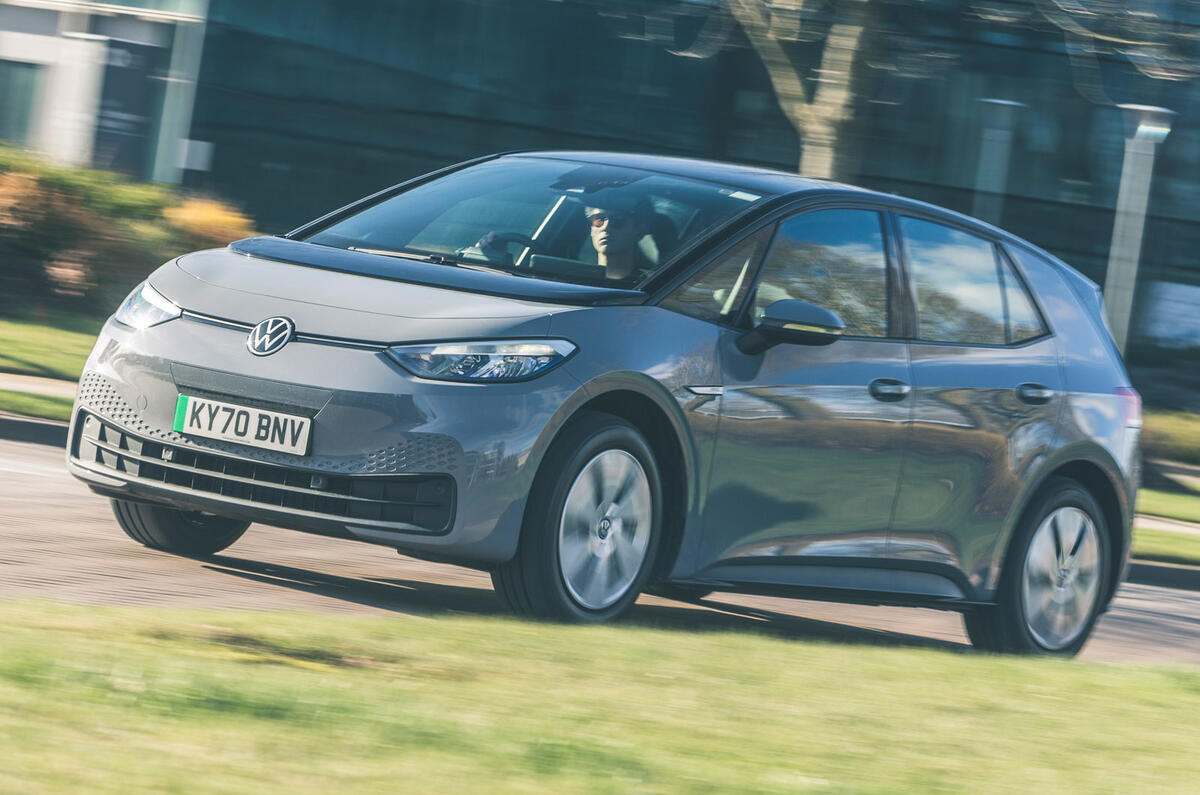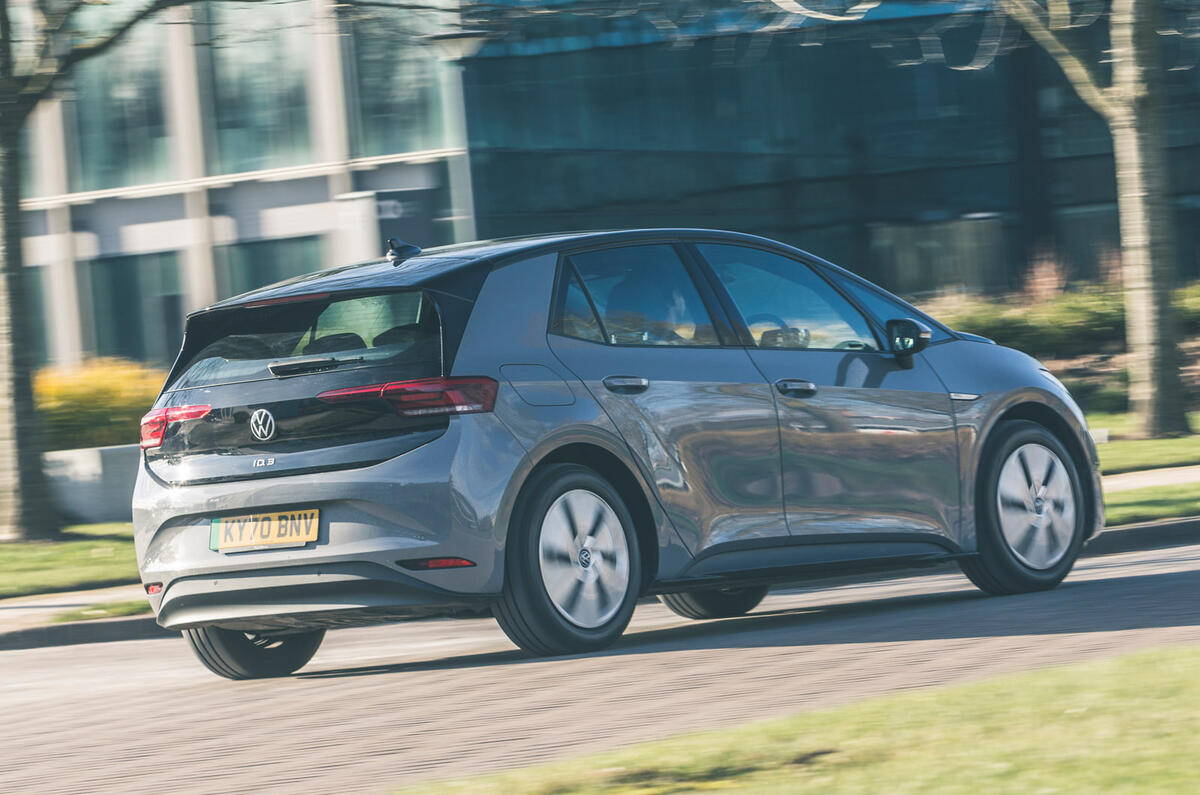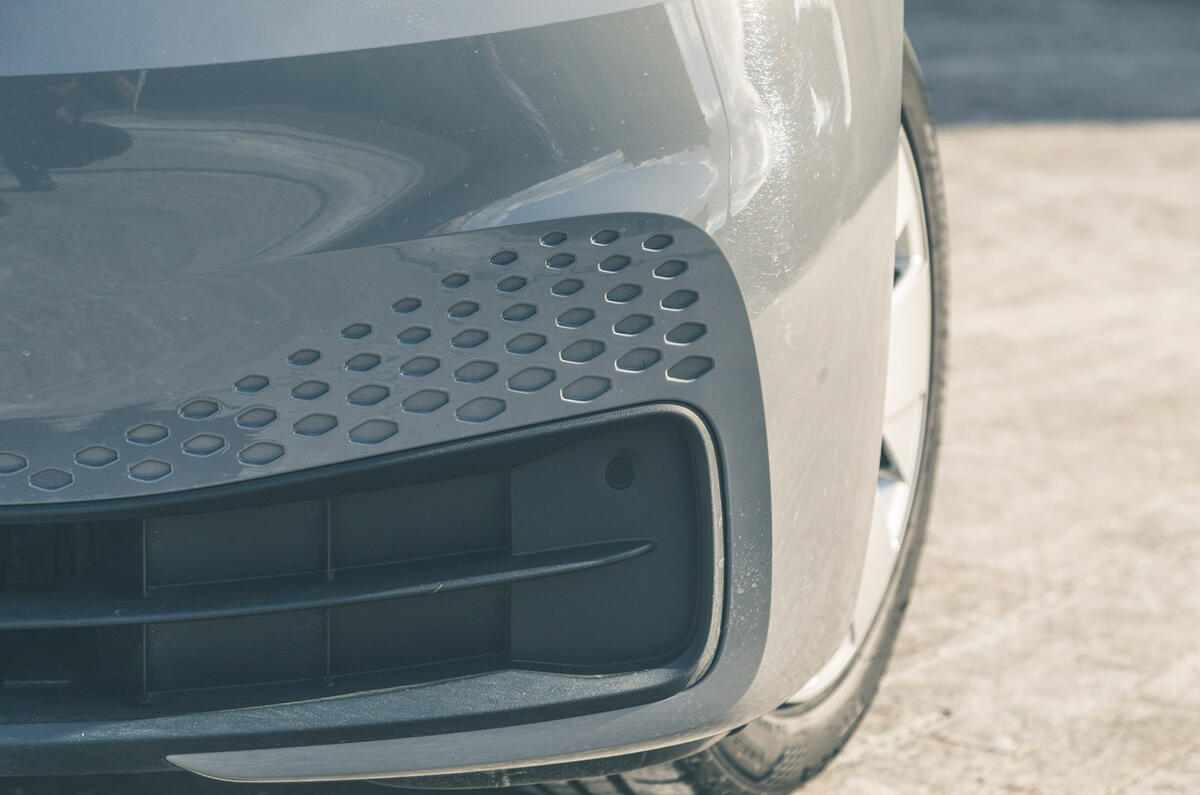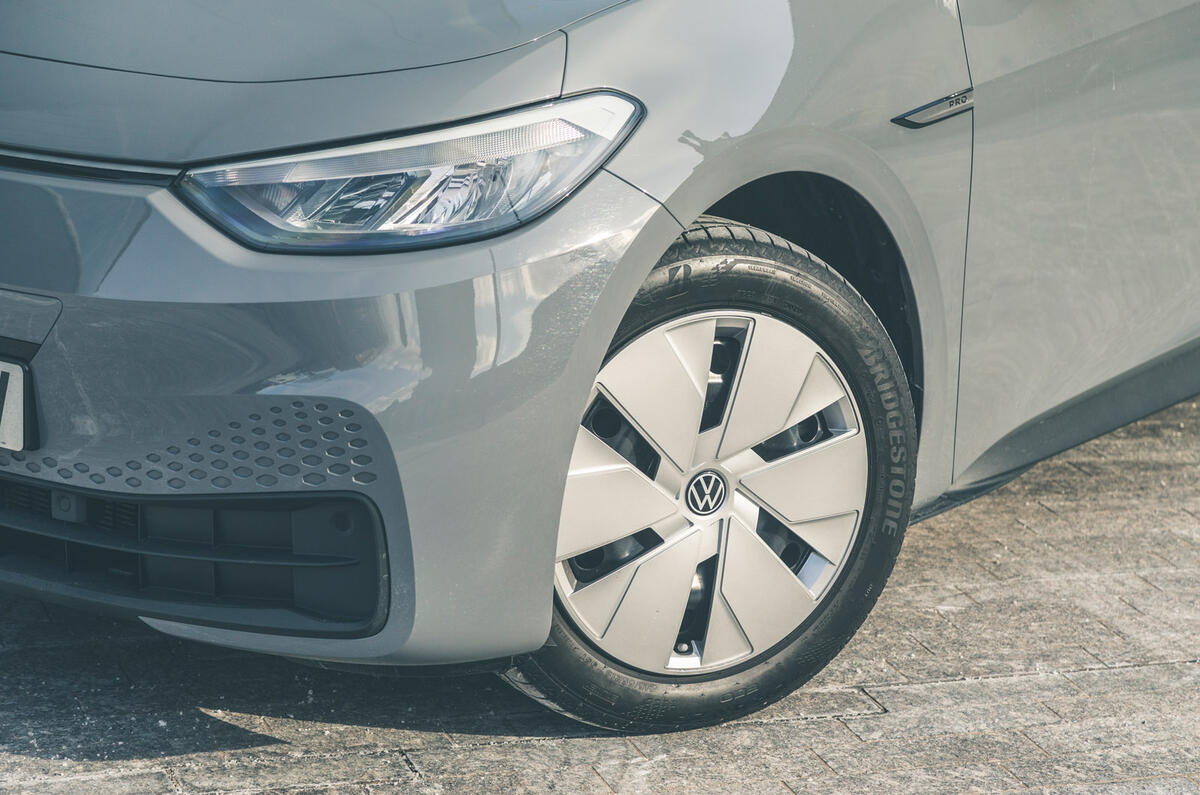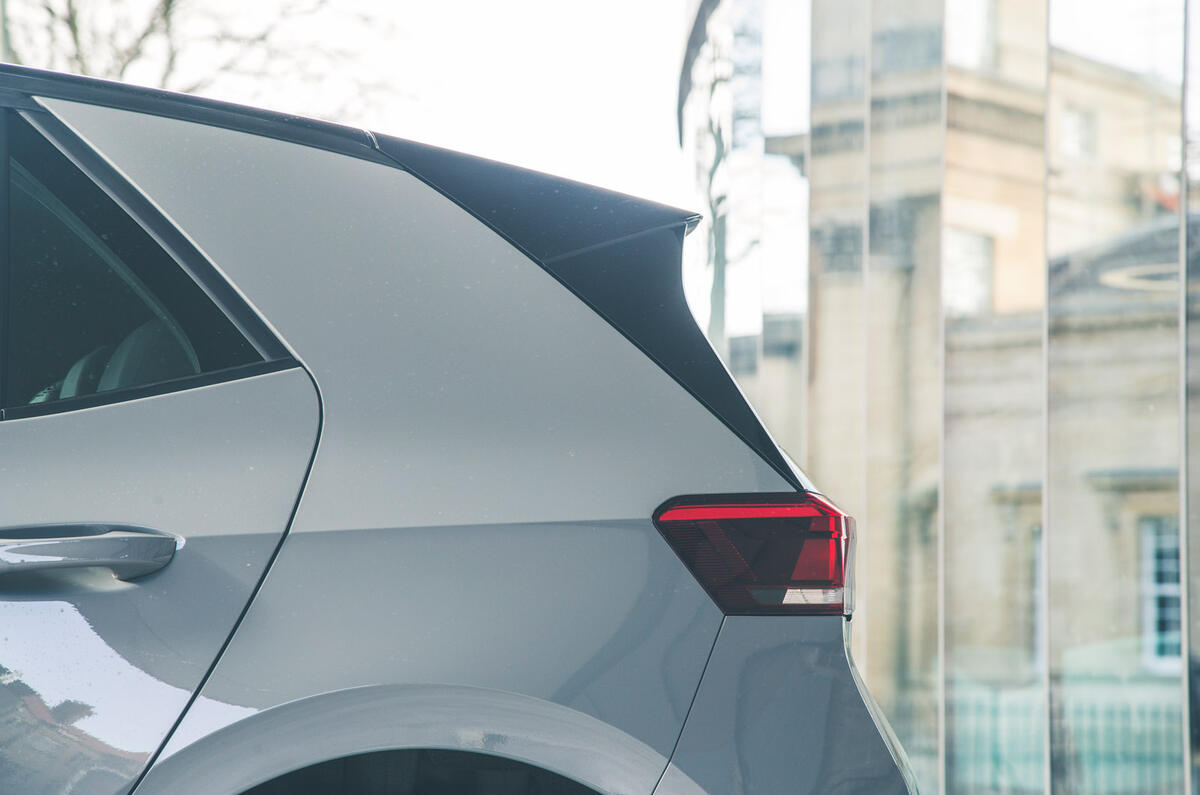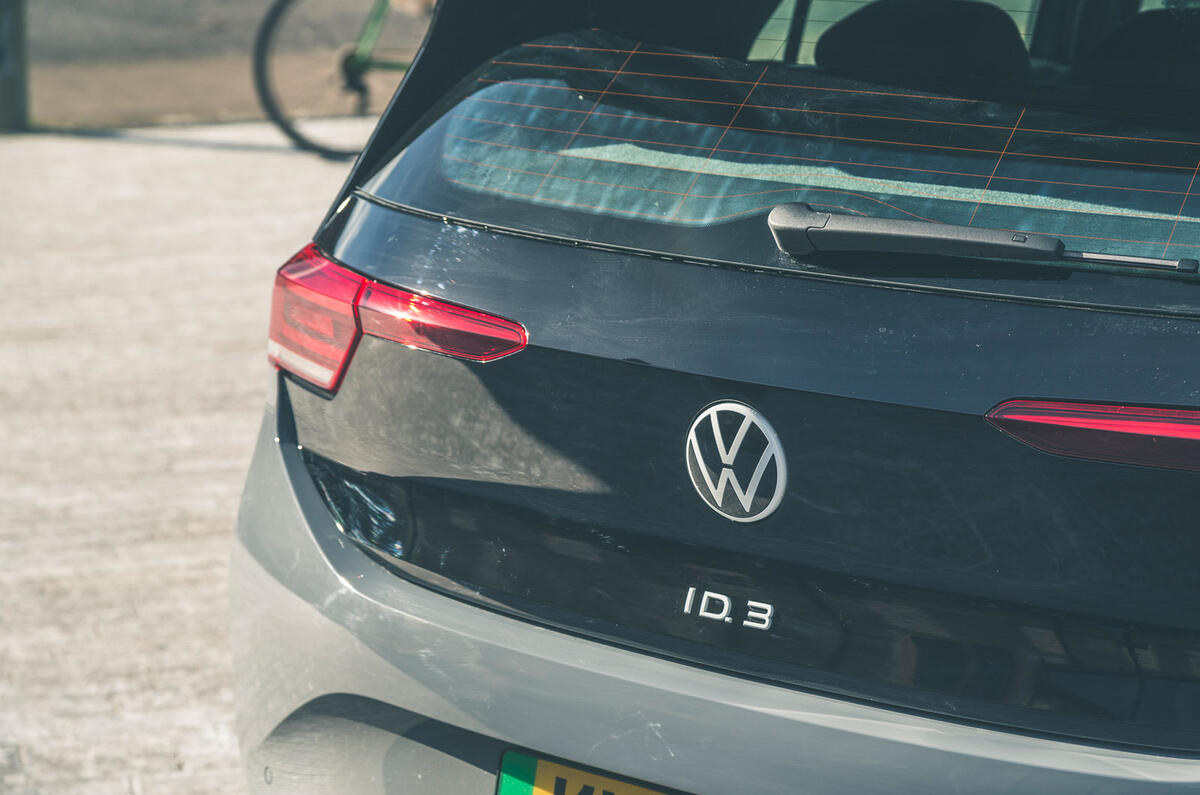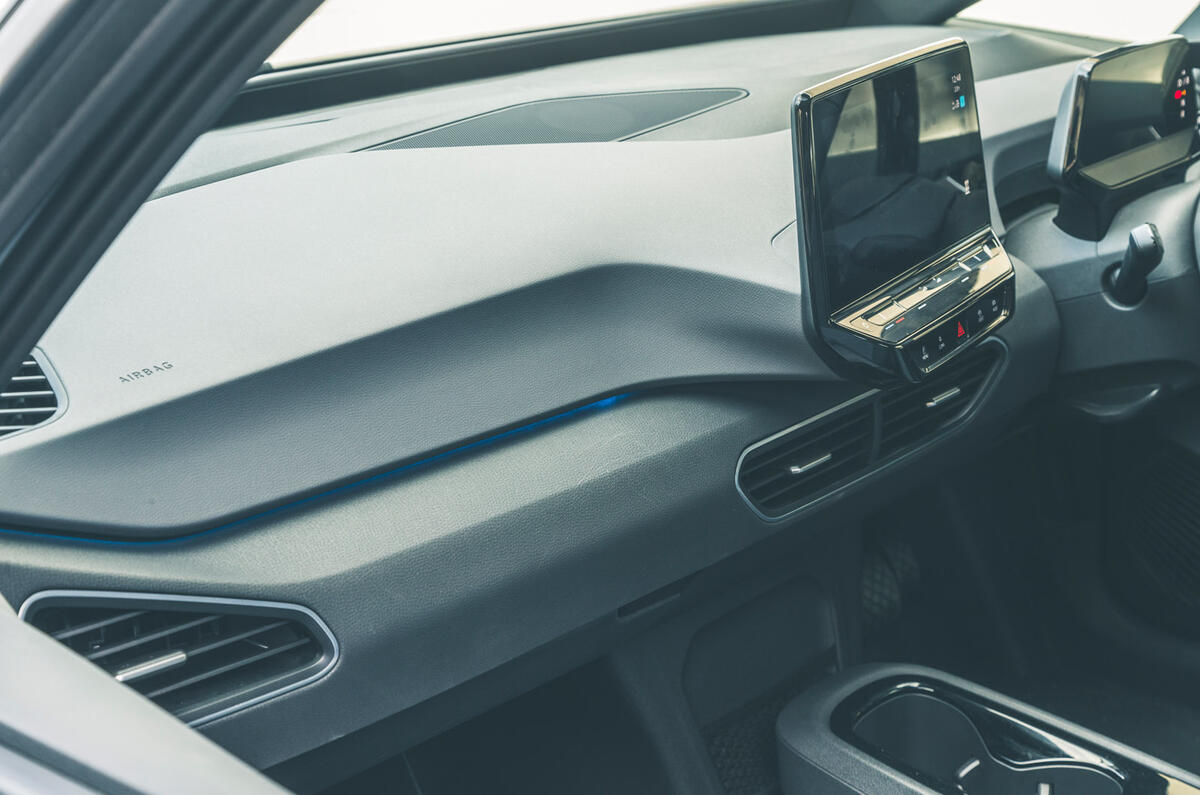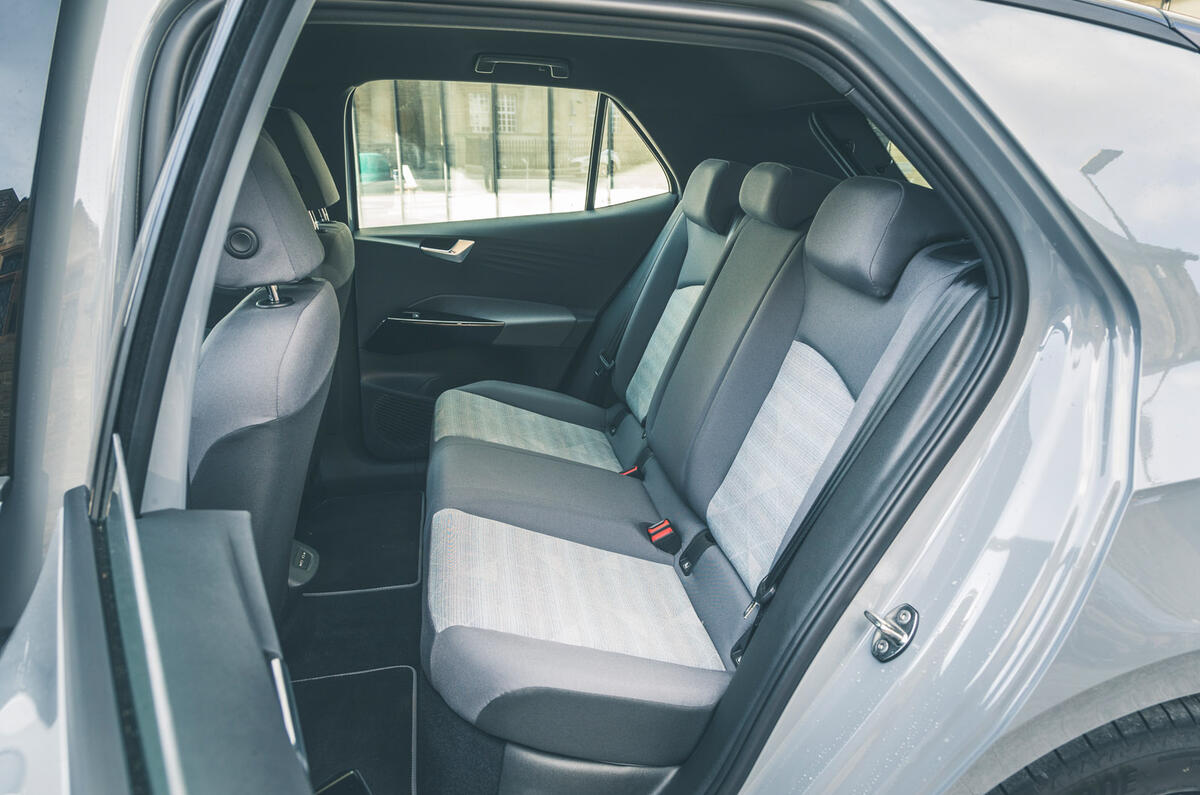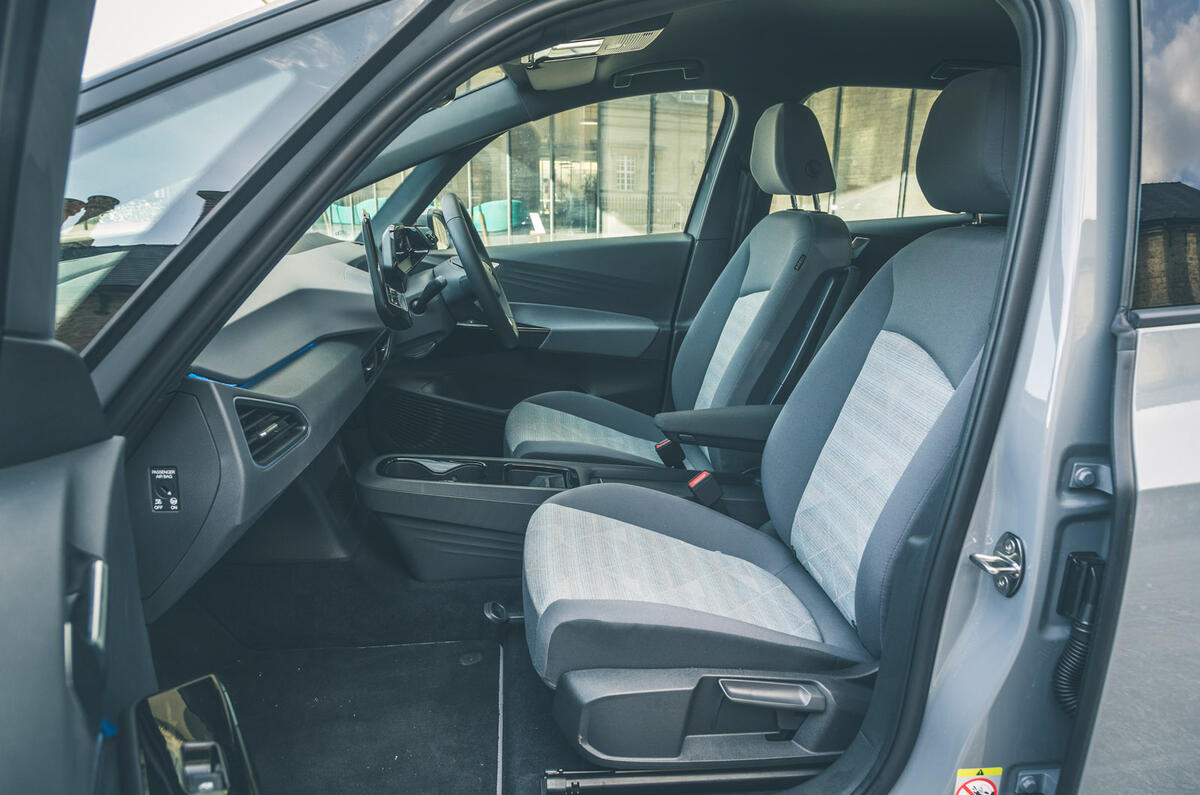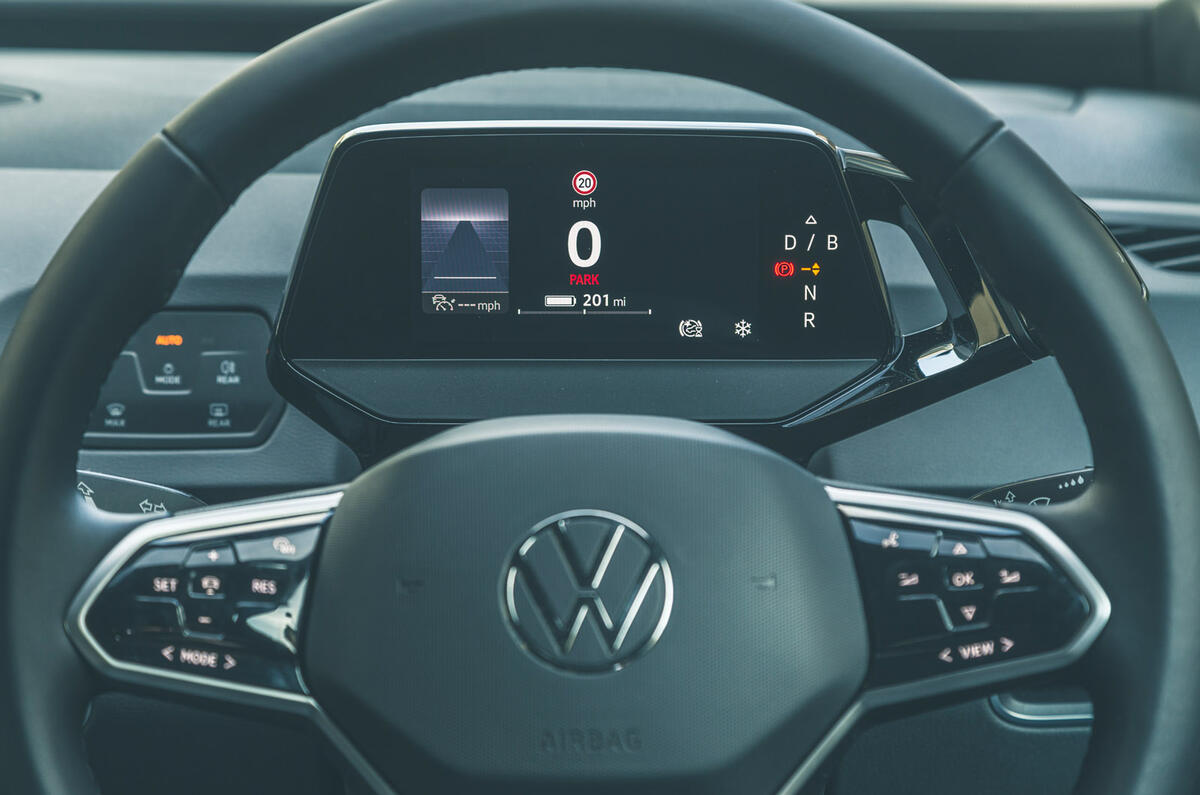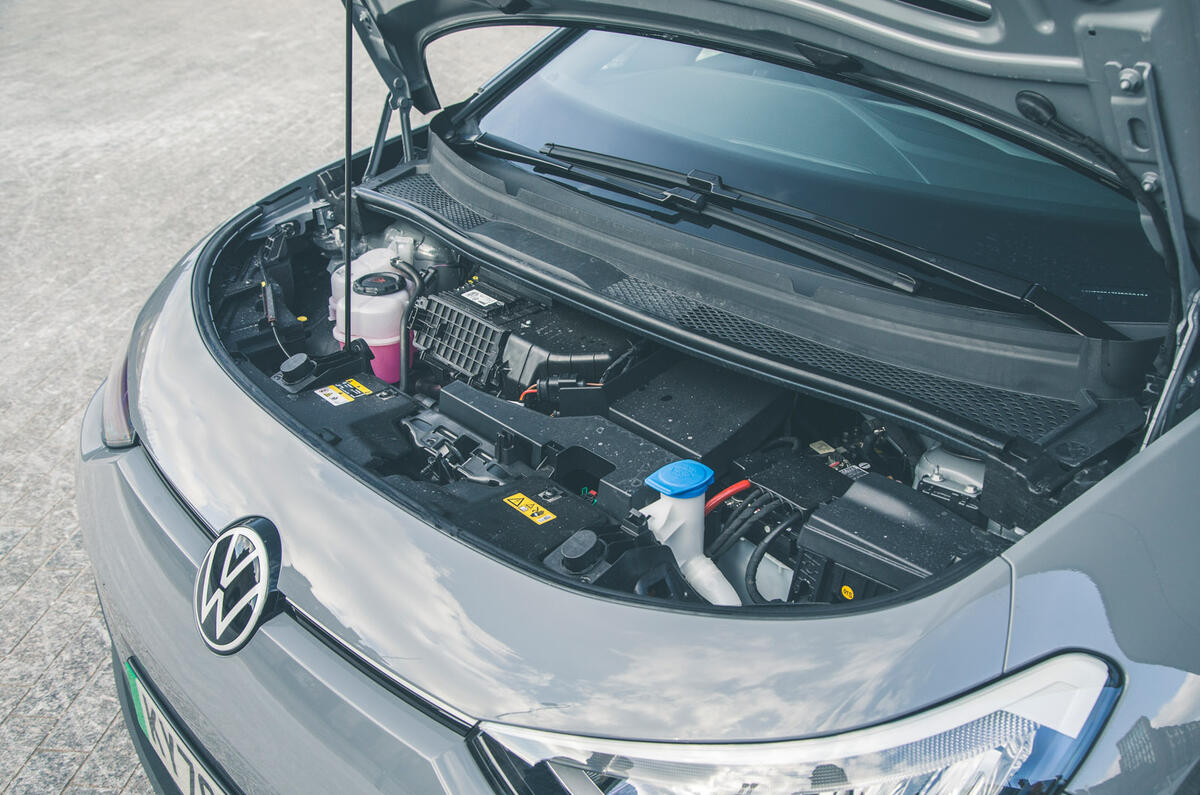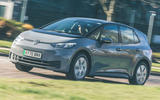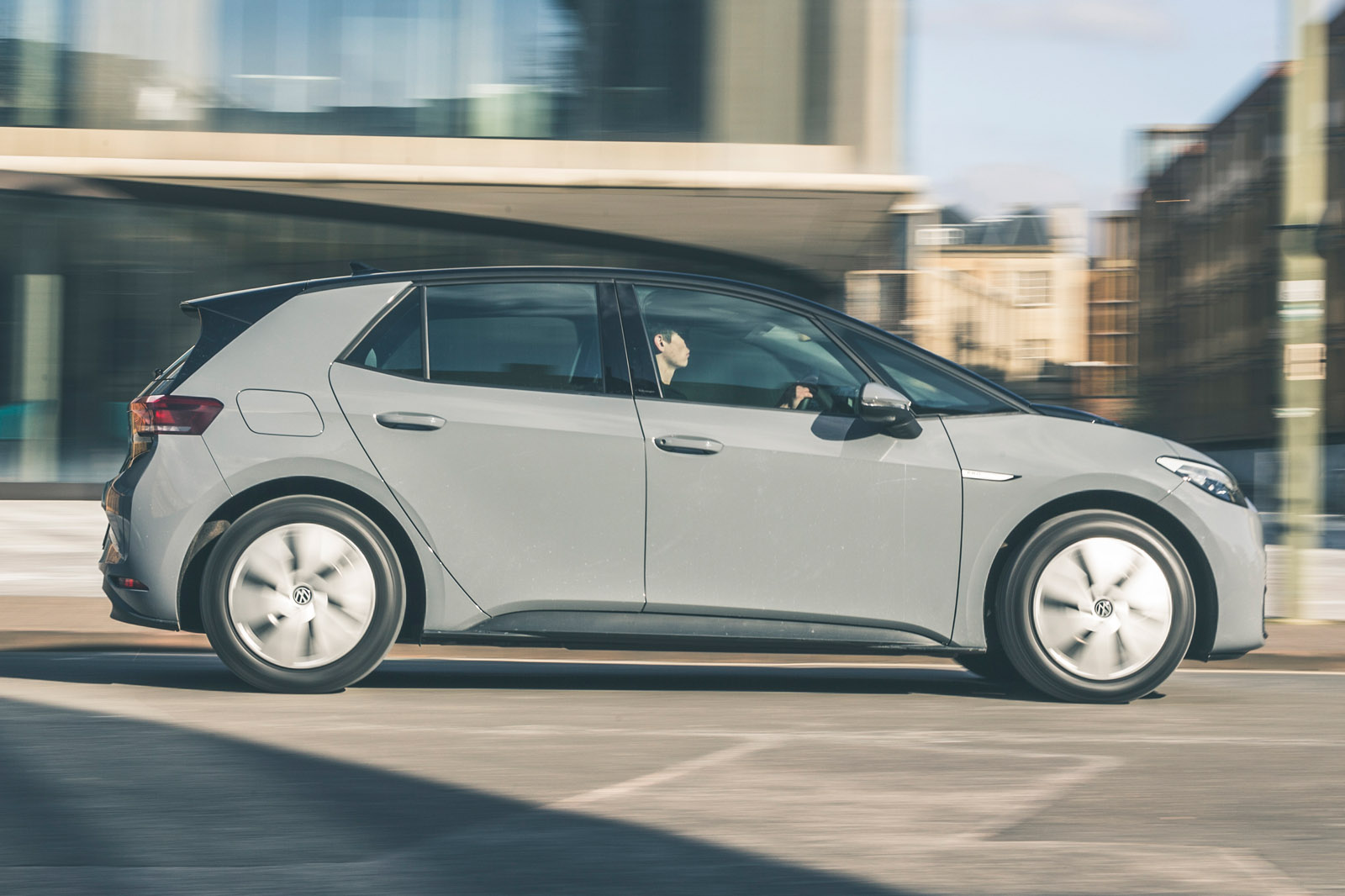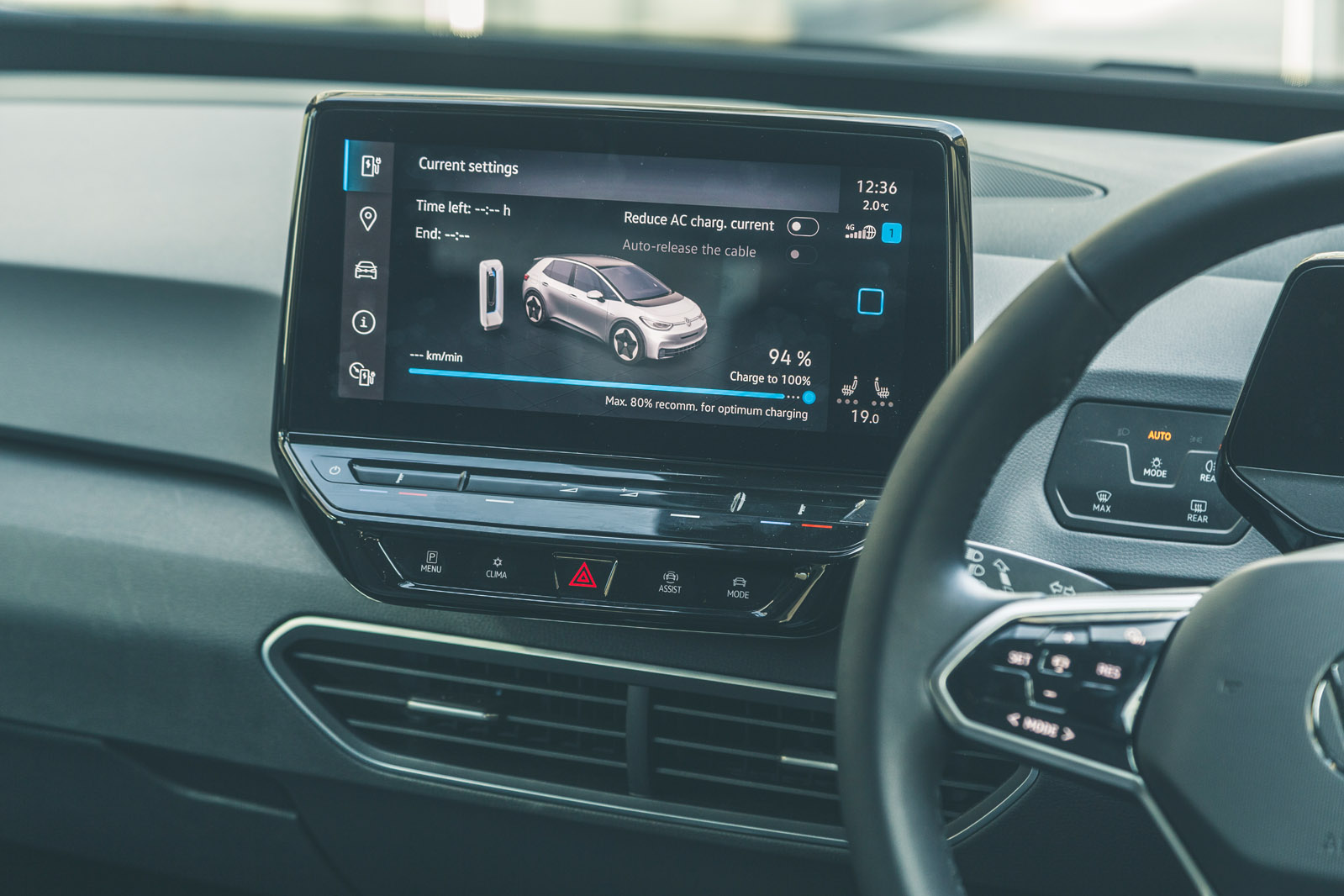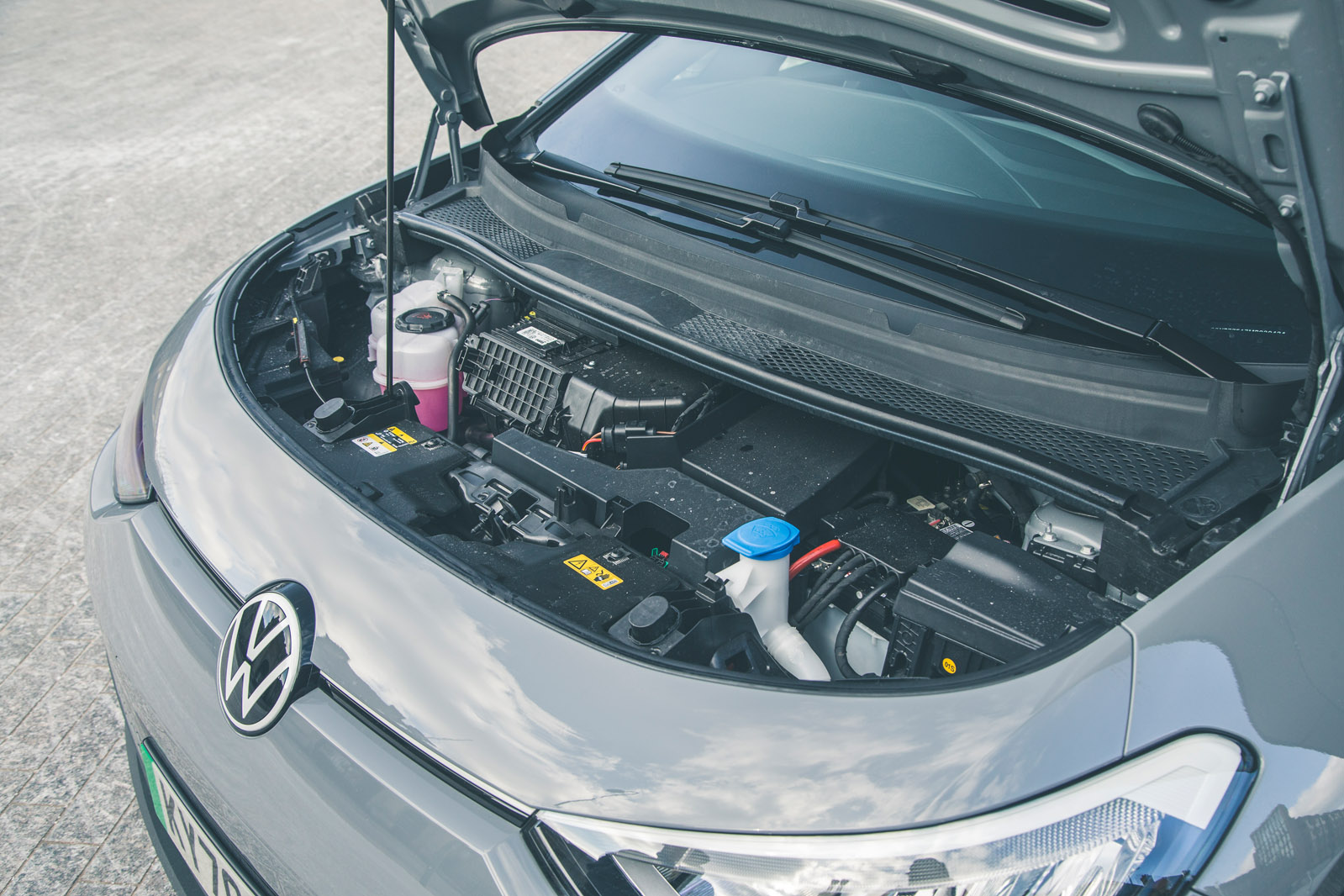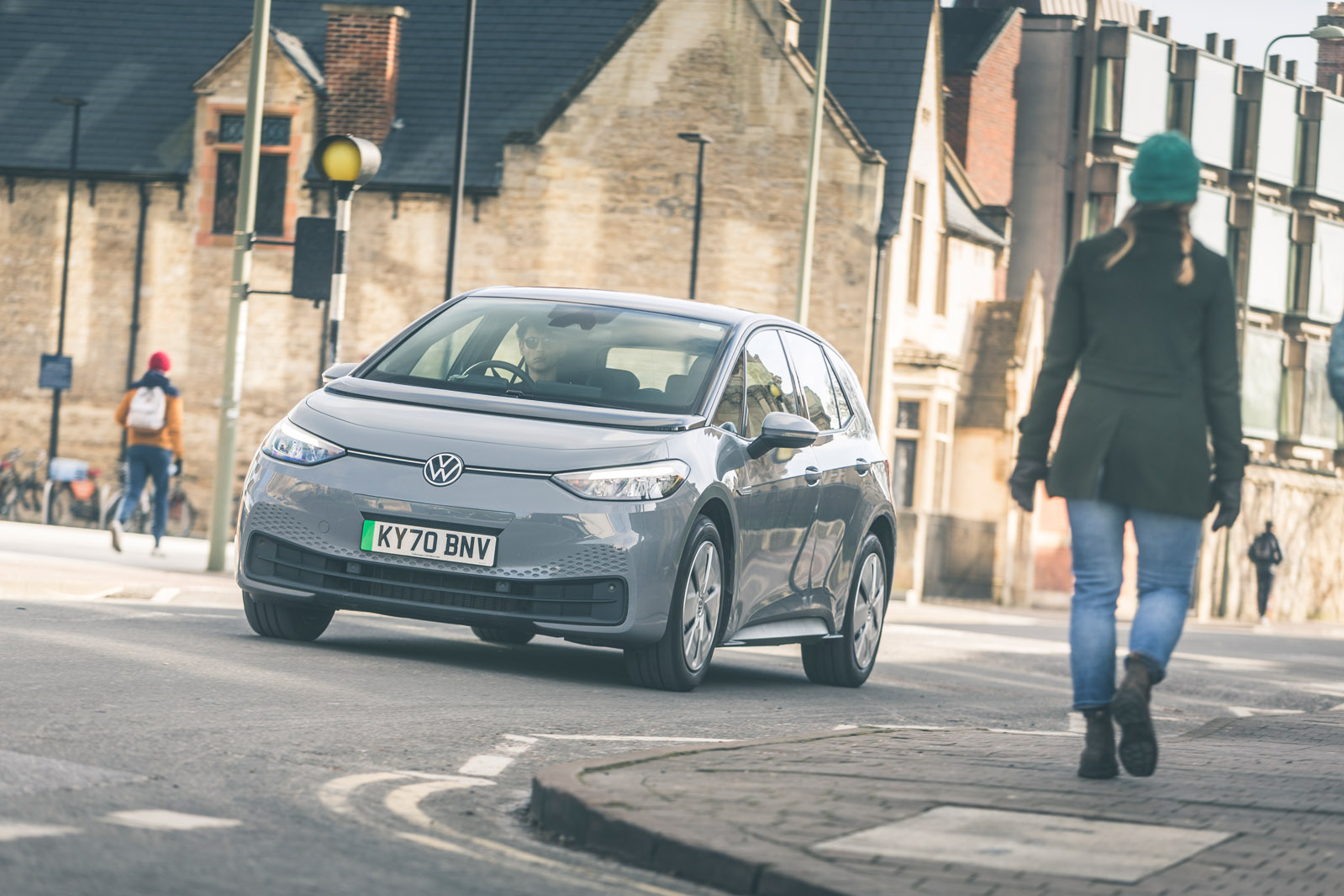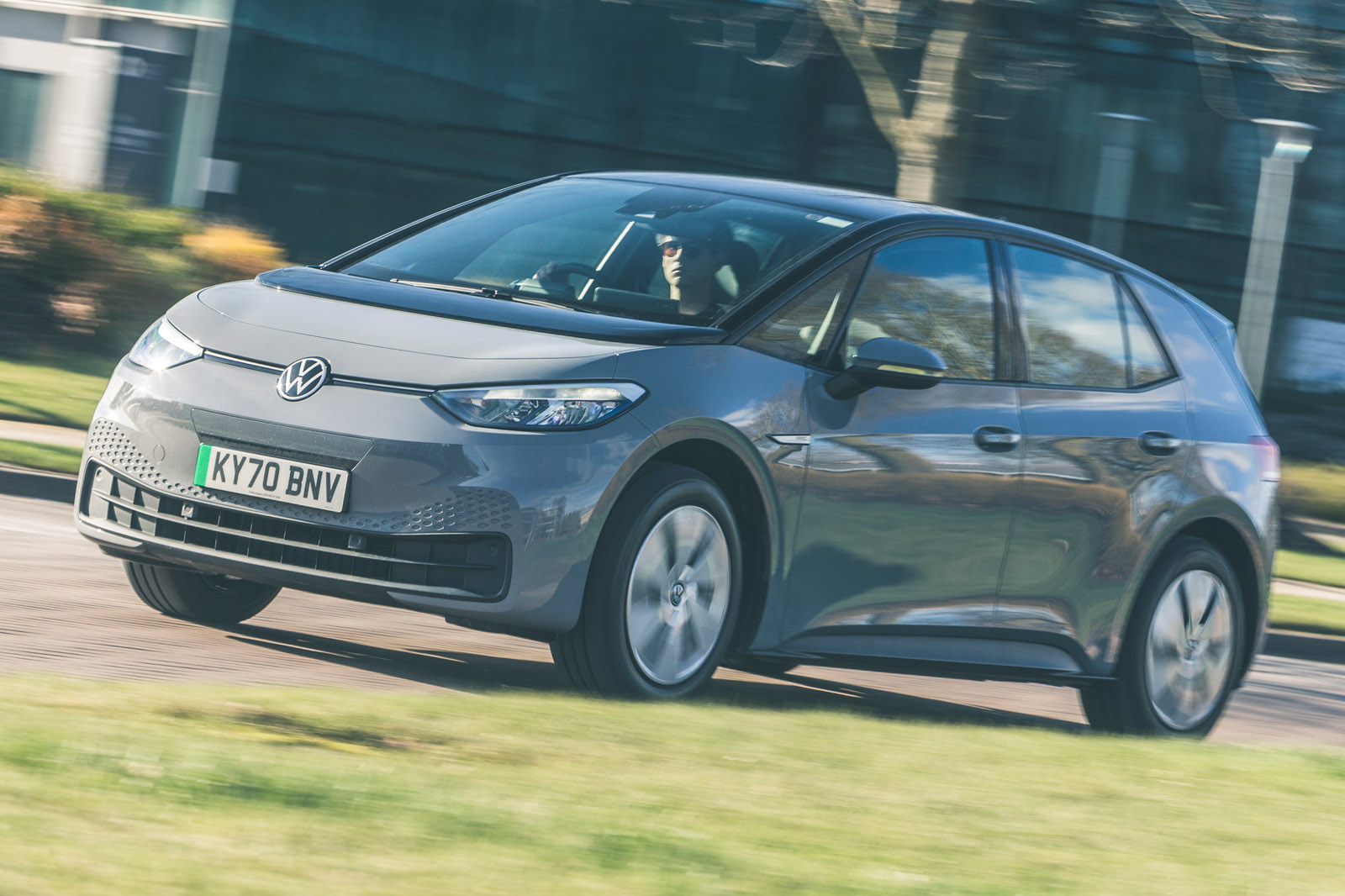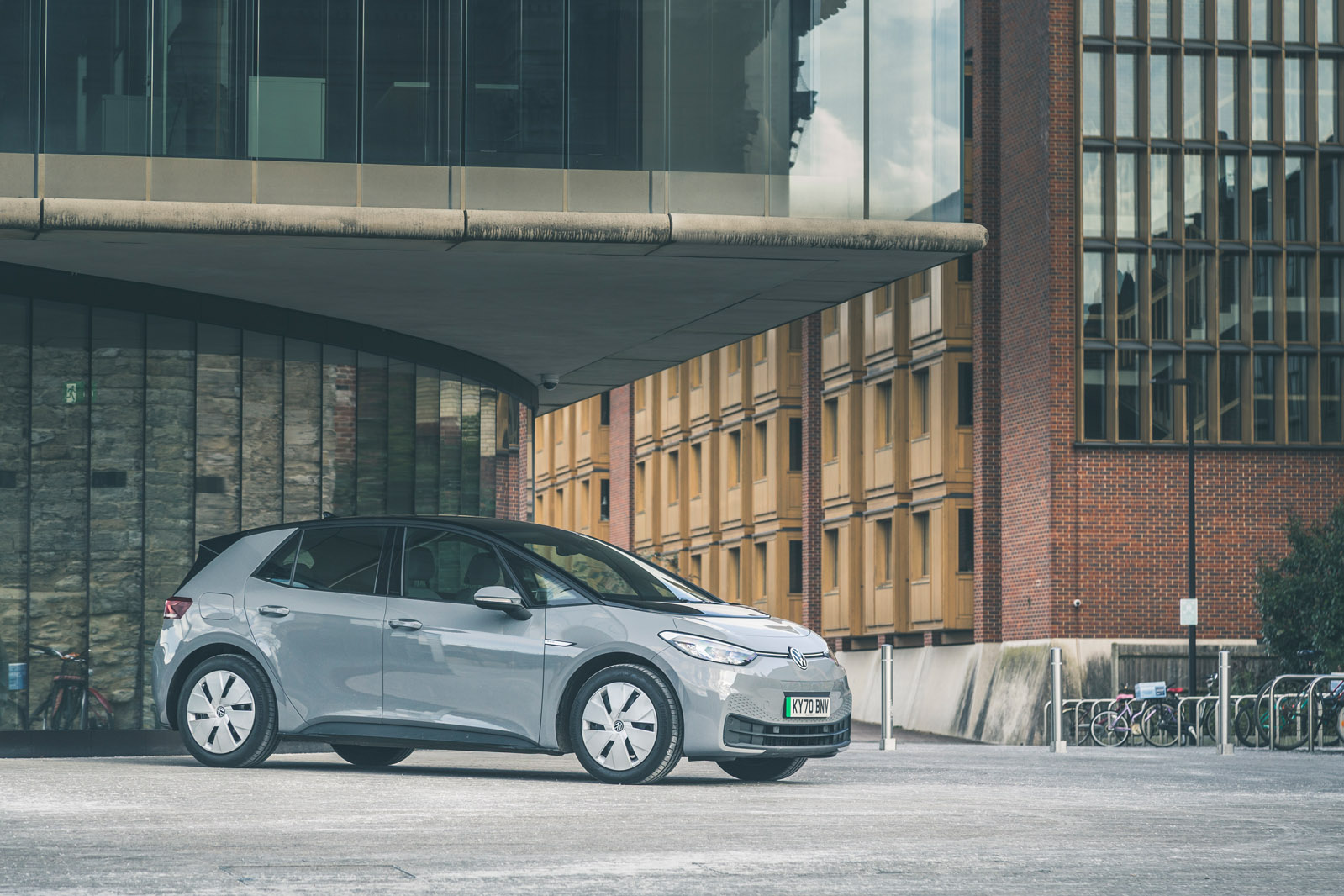1938, 1974, 2020. It’s a chronological sequence that Volkswagen dearly hopes will look right and natural when we gaze back on events in decades to come. That’s how important the cartoon-faced electric subject of this week’s road test is to the world’s largest car maker brand; to its ambitions in an automotive sphere that is changing more quickly than many could have imagined. Beetle begets Golf, which begets Volkswagen ID 3: VW’s past, present and future.
At least, that’s the plan. And despite the software glitches that delayed the ID 3’s launch last year, it’s not going so badly. The car arrives for scrutiny here off the back of enviably strong numbers. Consider this: in December 2020, the best-selling car in Europe was the Volkswagen Golf, with 29,949 sales. And its closest rival?
The ID 3, amazingly, with 26,987 sales. That the third spot was occupied by the Tesla Model 3 tells you something about just how rapidly the landscape is evolving. The difference is that while Tesla has but four established products in its line-up with only one left-field project on the horizon (the Cybertruck), for VW the ID 3 merely marks the vanguard of an industry- leading electric car offensive.
Right now, the headline is 70 new fully electric models by 2028. And already VW is making good on those promises, to the extent that its old target of 35% BEV sales in Europe by 2030 has recently been doubled. Alongside the ID 3, we already have the Volkswagen ID 4 crossover, and its coupé-shaped Volkswagen ID 5 sibling will arrive before the year is out. Appealing concepts such as the Volkswagen ID Buzz and ID Vizzion also demonstrate that this sub-brand is versatile enough to unfurl itself in directions as varied as the minibus and sports coupé segments.


